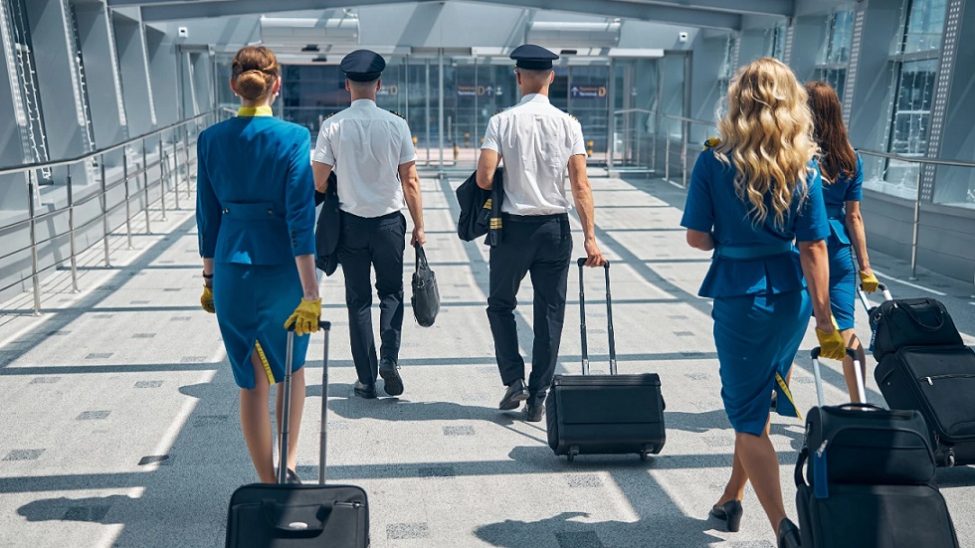
Is Train Really Greener Than Flying in Europe? Breaking Down the Carbon Math
Is Train Really Greener Than Flying in Europe? Breaking Down the Carbon Math
Introduction
The debate over whether trains are truly more eco-friendly than flights in Europe has gained momentum as travelers seek sustainable options. While trains are often hailed as the “green” choice, the reality involves nuanced calculations. This article dissects the carbon math, factoring in distance, occupancy, fuel types, and infrastructure to reveal which mode of transport holds the environmental edge.
The Carbon Footprint: Trains vs. Flights
- Emissions per Passenger-Kilometer
- Trains: Europe’s rail networks, especially electric trains (e.g., France’s TGV or Germany’s ICE), emit 14–41g CO₂ per passenger-kilometer (source: European Environment Agency). Diesel trains range higher (40–90g), but electrified lines dominate.
- Flights: Short-haul flights (under 1,000 km) emit ~250g CO₂/passenger-km, nearly 6x more than electric trains. Long-haul flights improve efficiency (~110g) but still lag behind rail.
- Key Variables
- Load Factor: Trains often run at 50–60% occupancy, while flights average 80–90%. A packed train’s per-passenger emissions drop significantly.
- Energy Sources: Trains powered by renewables (e.g., Sweden’s 95% clean-energy rail) outperform flights. Coal-dependent grids (e.g., Poland) reduce trains’ advantage.
- Non-CO₂ Effects: Aviation’s contrails and nitrous oxide amplify warming by 2–4x, a factor often omitted in basic carbon calculators.
- Route-Specific Comparisons
- London to Paris: Eurostar emits 4kg CO₂ vs. 58kg by plane (even with high-speed rail’s tunnel construction emissions factored in).
- Barcelona to Madrid: High-speed rail (~15kg) beats flights (~35kg), but buses (10kg) may be greener for budget travelers.
Beyond Emissions: Hidden Factors
- Infrastructure Impact: Rail requires massive upfront carbon costs (e.g., track construction), but this amortizes over decades of use.
- Time vs. Emissions: Overnight trains (e.g., Vienna to Rome) save a hotel stay’s footprint, while flights enable faster long-distance trips.
Practical Takeaways for Travelers
- Under 500km: Trains are almost always cleaner (e.g., Amsterdam–Brussels).
- 500–1,000km: High-speed rail wins unless flights are near-full (e.g., Frankfurt–Milan).
- Over 1,000km: Flights may be unavoidable, but opt for direct routes and newer aircraft (e.g., Airbus A350).
Conclusion
While trains generally outshine flights in Europe’s carbon math, exceptions exist. For eco-conscious travelers, combining rail passes (e.g., Eurail) with selective flight bookings strikes a balance. The future hinges on greener aviation tech and expanded night-train networks—but for now, rails reign supreme in most corridors.




